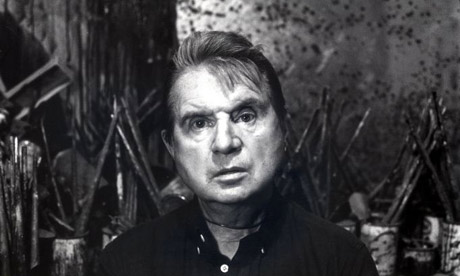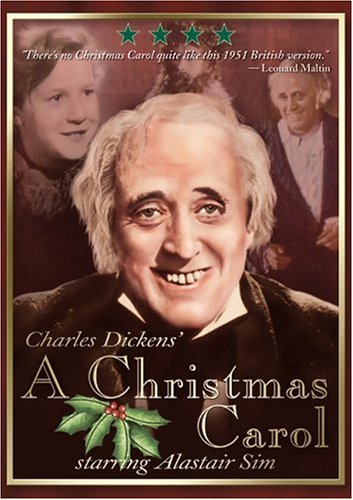Many common names today have their roots in long ago medieval trades. This is true of non-English names including French, Germanic, and Jewish names. They’re called occupational names and English examples include:
| Bailey Baker Barber Butcher Butler Carter Carver Chandler | Coleman Collier Cooper Dexter Dyer Farmer Fisher Fletcher | Forester Harper Hooper Hunter Mason Miller Palmer Rider | Sawyer Shepard Shoemaker Singer Skyler Smith Spenser Steward | Tanner Taylor Thatcher Tucker Turner Tyler Weaver Wheeler |
Aptonyms
Many years ago, a columnist for the Orlando Sentinel published what he called ‘aptonyms’, unintentional and usually ironic names that matched (more or less) their occupations, such as Butcher’s Mortuary in Knightstown, Indiana, or Brownie’s Septic Service here in Orlando. In googling today, I see this term has been picked up by others. In fact, there was a Canadian Aptonym Centre. Remember, these few examples are real people and real occupations.
| Alex Woodhouse Brian Coates Chad Hacker, Jr Cherish Hart Chris Fotos Dan Langstaff Darin Speed David Bird Debi Humann Dr. Knapp Dr. Robert Scarr Ellen Fair Helen Painter Janet Moo Jardin Wood Jeff Kitchen Jennifer English Jessi Bloom Jim Lawless Jim Playfair Joanie Hemm Joe Puetz | architectural designer paint company manager IT professional American Heart Association owner of portrait studio district court bailiff vintage Mustangs collector ornithologist human resources director anesthesiologist internal medicine physician county superior court judge artist stockyard packer accountant arborist for tree care chef and caterer H.S. English teacher landscaping company owner assistant police chief hockey coach leader of sewing program golf pro | Karl Bench Kestrel Skyhawk Kevin Sill Linda Savage Lorraine Read Marvin Lawless Matt Drumm Michael Laws Mike Blackbird Mike Inks Nita House Norm Mannhalter Penny Coyne Randall Sinn Raymond Strike Robert Marshall Roch Player Sandi Cash Scott Constable Sonia Shears Travis Hots Tyce Tallman | county judge wildlife center educator window shop owner etiquette specialist bookstore owner undersheriff professional percussionist lawyer Audubon Society officer graphic designer real estate agent security supervisor United Way pastor for Lutheran church union leader fire marshal geotechnical engineer accountant policeman hairdresser fire department chief basketball player |
Buffoonery
I pay a lot of attention to the names of my characters, origin, ethnicity, sound, and especially meaning. James Lincoln Warren took note of this in my short story ‘English’. I even developed tools to harvest name information from the web and built a database to help pick names.
At one time, I considered writing a childish farce with comedic names. This sort of thing has to be done adeptly because it’s too easy to overshadow the story with distraction. Ian Fleming barely got away with some of his names like Pussy Galore, which easily could be mistaken for a porn star. And the porn industry is quite a catchall for such monikers like Seymour Butts.
A couple of names work best together, e.g, Willie Maquette, Betty Woant. Others sound like someone might unwisely use them in real life, i.e, Sam's Peck 'n' Paw pet shop.
Names and occupations I’ve considered are:
| Al Dente Ben Dover Billy Reuben Blanche Nutt Claude Butts Jean Poole Jerry Manders Kerry de le Gaj | chef proctologist has a lot of gall flapper girl lion tamer biologist politician concierge | Lotta Goode Miss Pickle Papa Bennett Patty Cache Percy Flage Polly Esther Ruby Lith Willie Evalurn | charity worker spinster poisoner suffers Peyronie's syndrome clerk English vaudeville comedian seamstress graphic arts designer incompetent recidivist |
In a similar vein, Cate Dowse suggested a pair of kneecapping mob enforcers might be called the Patella brothers. I should explain the underlying words for a few of the above names are rubylith (masking film), persiflage (mocking banter), and mispickel (the mineral arsenic is obtained from).
Following are more I didn’t originate, but with my own thoughts on occupations:
| Andover Hand Anita Job Ann Thracks Arthur Itis Bill Jerome Home N. Buddy Holme Faye Slift Frances Lovely Helen Earth Howard I. Kno Ima Dubble Jim Nasium Kareem O’Wheat Kurt Repligh | mountain climber headhunter femme fatale old codger contractor Jehovah’s Witness model travel agent untamed shrew clueless twin fitness trainer Irish/Muslim cook radio host | Leah Tard Lucy Lastick Lynn O’Leum M. T. Wurds Nora Lender Bee Ollie Luya Russell Leeves Scott Linyard Sid Downe Sue Flay Teresa Green Tobias A. Pigg Warren Pease Wayne Dwops | ballerina lingerie model flooring salesgirl salesman not a borrower choir singer landscaper detective and shuddup sous-chef another landscaper marketing guru author weatherman |
What are your names and occupations?









 No, not that one, this one:
No, not that one, this one: 










 As 2013 ends and 2014 begins, I'm finding myself in a somewhat melancholy mood. Maybe even a bit vulnerable, tinged with sadness. The 29th of December is the eighth anniversary of the day my whole world changed. My husband, Elmer Grape, my first reader, my love and best friend of almost thirty nine years died.
As 2013 ends and 2014 begins, I'm finding myself in a somewhat melancholy mood. Maybe even a bit vulnerable, tinged with sadness. The 29th of December is the eighth anniversary of the day my whole world changed. My husband, Elmer Grape, my first reader, my love and best friend of almost thirty nine years died.















.jpg)


